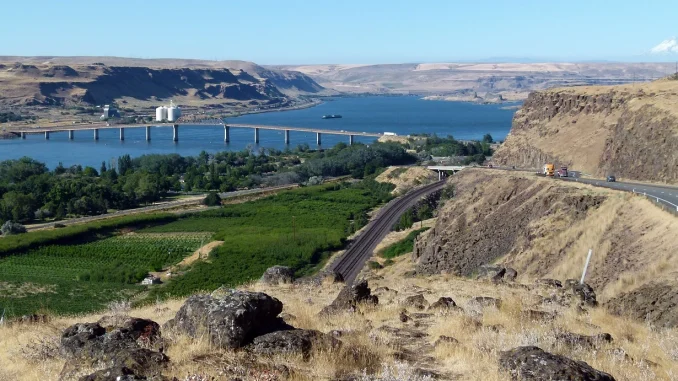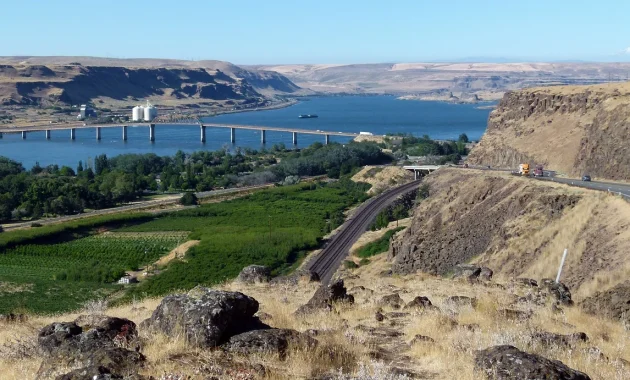
Colombia, a country renowned for its rich culture and breathtaking natural beauty, offers an unparalleled experience for travelers. From the lush Amazon rainforests to the vibrant cities like Bogotá, Medellín, and Cartagena, Colombia is a destination that promises diversity, adventure, and discovery. This article will take you on a journey through the diverse landscapes and cultures of Colombia, shedding light on why this South American gem continues to captivate visitors from around the world.
A Land of Contrasts: The Geography of Colombia
Colombia’s geographical diversity is one of its most striking features. The country boasts an incredible range of ecosystems, from high-altitude mountains to dense jungles and sun-soaked beaches. These landscapes not only make Colombia a natural wonder but also contribute to its cultural richness.
The Andes: Heart of Colombia’s Mountainous Landscape
The Andes mountains, which run through the western part of the country, are home to Colombia’s most populous cities. The cities of Bogotá, Medellín, and Cali are perched in the Andes, providing a striking contrast between modern urban life and the natural beauty that surrounds them.
Bogotá, the capital, sits at an altitude of 2,640 meters (8,660 feet), making it one of the highest capital cities in the world. The city is a cultural hub, where ancient traditions meet modern innovation. The Gold Museum (Museo del Oro), for instance, showcases a rich collection of pre-Columbian artifacts, providing insight into the indigenous cultures that once thrived in the region.
In contrast, Medellín, known as the “City of Eternal Spring” for its temperate climate, is celebrated for its transformation from a once-troubled city to one of the most progressive and innovative urban centers in Latin America. Its urban parks, art-filled neighborhoods like Comuna 13, and the famous Metrocable system are all testaments to this metamorphosis.
Amazon Rainforest: Colombia’s Green Lung
Moving southeast, the Amazon Rainforest blankets a significant part of Colombia. As one of the most biologically diverse areas on the planet, the Amazon is a haven for wildlife and a paradise for ecotourism. Visitors can explore the town of Leticia, a gateway to the Amazon where you can embark on river tours, encounter exotic animals, and visit indigenous communities that have lived in harmony with nature for centuries.
Caribbean Coastline: Sun, Sand, and Culture
The Caribbean coastline is another of Colombia’s stunning geographical assets. The Rosario Islands, the Tayrona National Park, and the historic city of Cartagena are all located along this picturesque coast.
Cartagena, a UNESCO World Heritage Site, stands as a monument to colonial history with its well-preserved old town, vibrant street life, and impressive fortifications like Castillo San Felipe de Barajas. A walk through the cobbled streets of Cartagena immerses visitors in a past of pirate attacks, Spanish conquests, and rich African and Indigenous influences that have shaped the city’s unique identity.
Further east, Tayrona National Park offers a perfect blend of tropical rainforests, crystal-clear beaches, and pre-Columbian archaeological sites. The park is a haven for hikers, nature lovers, and those seeking solitude by the Caribbean Sea.
Pacific Coast: Colombia’s Untamed Wilderness
On the Pacific coast, Colombia reveals another face, marked by dense jungle, powerful rivers, and isolated beaches. The Pacific region is one of the wettest places on earth, and its untamed wilderness offers incredible opportunities for whale watching, deep-sea fishing, and visiting Afro-Colombian communities that have preserved their ancestral traditions for centuries.
The small town of Nuquí, for example, is a hidden gem, where visitors can relax in eco-lodges and witness humpback whales migrating off the coast from July to October. The lush Chocó rainforest surrounding the region is teeming with unique flora and fauna, making it a paradise for birdwatchers and adventure seekers alike.
A Cultural Tapestry: The People and Traditions of Colombia

Colombia’s cultural richness is reflected in its people, a vibrant mix of Indigenous, African, and European influences. Each region of Colombia has its own distinct traditions, music, festivals, and cuisines, making the country a cultural mosaic that continues to thrive.
Indigenous Heritage and Sacred Traditions
The Indigenous communities of Colombia have left an indelible mark on the country’s identity. Today, several Indigenous groups, including the Wayuu, Embera, and Kogi, continue to practice their traditional ways of life in harmony with nature.
The Kogi people, who live in the Sierra Nevada de Santa Marta, are particularly well-known for their spiritual connection to the earth. They believe they are the guardians of the world and that maintaining balance in nature is their sacred duty. Visitors to the region can experience this deep spiritual connection through guided tours to La Ciudad Perdida (The Lost City), an ancient archaeological site believed to have been built by the Tairona civilization.
Afro-Colombian Influence: Rhythm and Dance
Colombia’s Afro-Colombian communities, primarily located on the Caribbean and Pacific coasts, have had a profound impact on the nation’s music and dance traditions. The rhythms of cumbia, champeta, and mapalé are deeply rooted in African heritage, and they are often celebrated in festivals and street parades.
In Barranquilla, Colombia’s most famous carnival bursts to life every year, bringing together music, dance, and vibrant costumes in one of the largest and most important festivals in Latin America. The Barranquilla Carnival, a UNESCO-recognized event, is a reflection of the country’s diverse cultural history, blending Indigenous, African, and Spanish influences.
Colombian Cuisine: A Fusion of Flavors
The culinary traditions of Colombia are as diverse as its landscapes. From the arepas of the Andes to the seafood stews of the coast, Colombian cuisine is a fusion of indigenous ingredients and colonial influences.
In Bogotá, you can enjoy the hearty ajiaco, a soup made with chicken, three types of potatoes, and corn, flavored with the aromatic herb guascas. Meanwhile, the Caribbean coast is known for its ceviche and patacones, fried green plantains often served with fresh fish.
The coffee-growing region of Colombia, known as the Coffee Triangle, is a must-visit for those interested in the art of coffee production. Visitors can tour coffee farms, learn about the coffee-making process, and enjoy the country’s finest brews amidst the lush green hills.
Colombia: A Destination for Every Traveler
Whether you’re seeking the tranquility of the Amazon, the vibrant culture of the Caribbean coast, or the mountainous adventures of the Andes, Colombia offers something for every type of traveler. Its biodiversity, cultural diversity, and historical depth make it one of the most unique travel destinations in the world.
Colombia’s transformation in recent years has made it safer and more accessible, welcoming visitors with open arms to experience the warmth and hospitality of its people. Whether you’re exploring the bustling streets of Bogotá, trekking through the Amazon, or soaking up the sun on the Caribbean coast, Colombia promises an unforgettable journey.